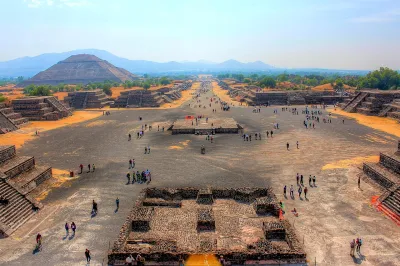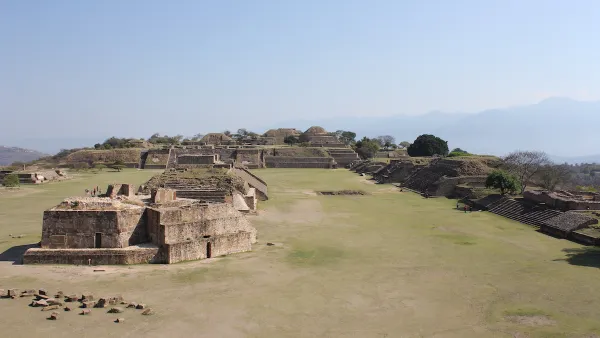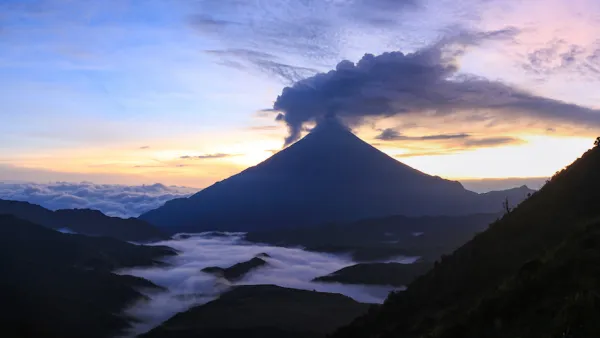Scientists from the Santa Fe Institute have discovered basic patterns underlying the way cities have always grown. The mechanics of "urban scaling" may have something fundamental to tell us about how large settlements evolve.

Building upon earlier research on the evolution of large-scale human settlements, a team from the Santa Fe Institute examined a range of archaeological data from ancient Mexican cities. Their findings, published here, hint at a broad theory of "urban scaling" that relates the output of a city to its size.
The article chronicles the scientists' excitement at these results, which point to a congruence between ancient and modern urban economics. This despite the fact that "ancient cities weren't profit-oriented, they didn't have capitalist investment like they do today and they were more likely to have rulers with a tight grip on the economy."
This work informs ongoing study of social networks and the city's role as an idea incubator. Of note are increasing returns: as both ancient and modern cities expand, the economic output of their citizens grows disproportionately to population. The theory of urban scaling "implies that some of the most robust patterns in modern urban systems derive from processes that have been part of human societies all along."
FULL STORY: Ancient cities grew pretty much like modern ones, say scientists

National Parks Layoffs Will Cause Communities to Lose Billions
Thousands of essential park workers were laid off this week, just before the busy spring break season.

Retro-silient?: America’s First “Eco-burb,” The Woodlands Turns 50
A master-planned community north of Houston offers lessons on green infrastructure and resilient design, but falls short of its founder’s lofty affordability and walkability goals.

Delivering for America Plan Will Downgrade Mail Service in at Least 49.5 Percent of Zip Codes
Republican and Democrat lawmakers criticize the plan for its disproportionate negative impact on rural communities.

Test News Post 1
This is a summary

Test News Headline 46
Test for the image on the front page.

Balancing Bombs and Butterflies: How the National Guard Protects a Rare Species
The National Guard at Fort Indiantown Gap uses GIS technology and land management strategies to balance military training with conservation efforts, ensuring the survival of the rare eastern regal fritillary butterfly.
Urban Design for Planners 1: Software Tools
This six-course series explores essential urban design concepts using open source software and equips planners with the tools they need to participate fully in the urban design process.
Planning for Universal Design
Learn the tools for implementing Universal Design in planning regulations.
EMC Planning Group, Inc.
Planetizen
Planetizen
Mpact (formerly Rail~Volution)
Great Falls Development Authority, Inc.
HUDs Office of Policy Development and Research
NYU Wagner Graduate School of Public Service





























